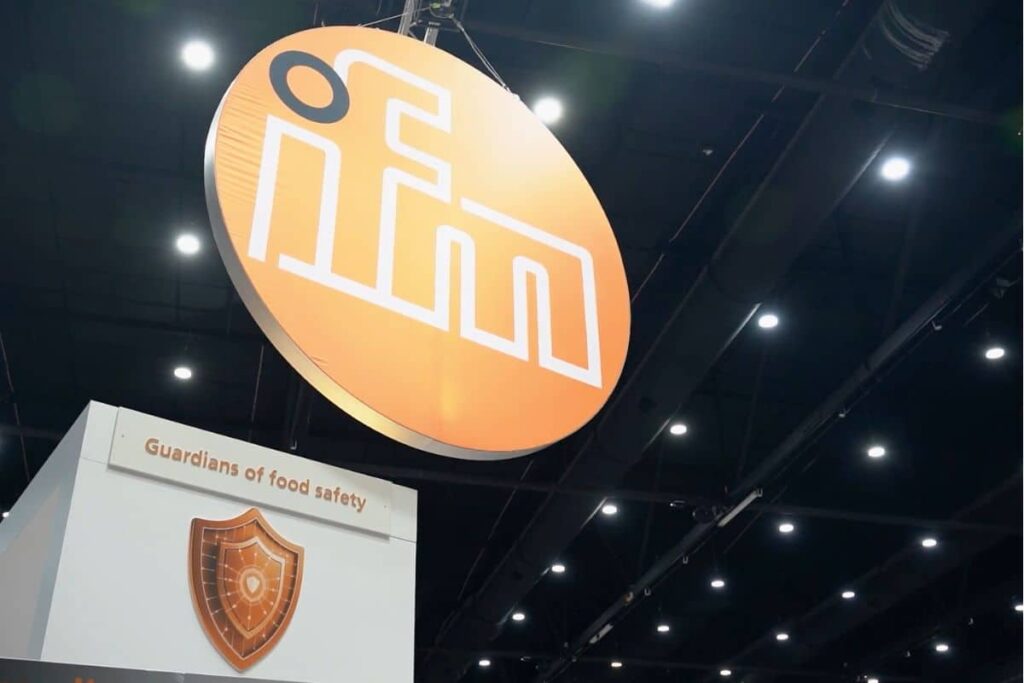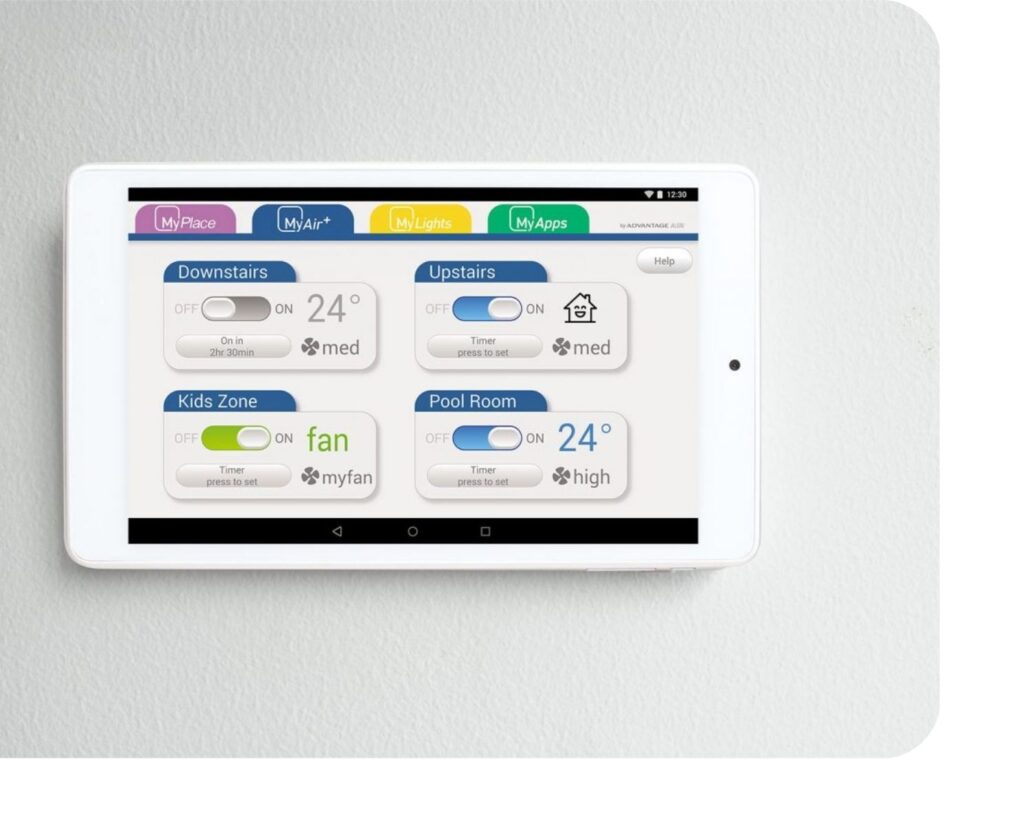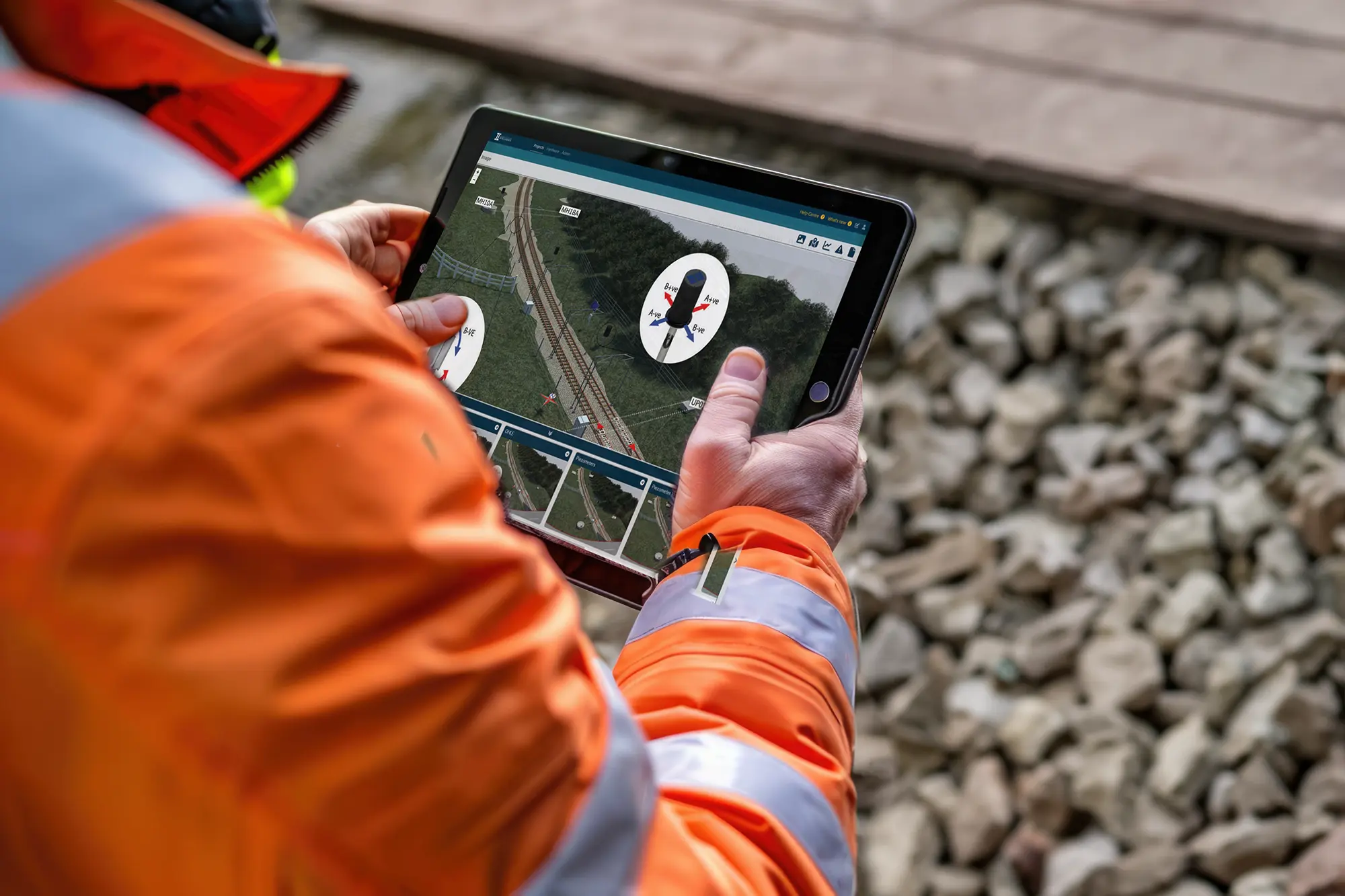Remote temperature monitoring has transformed how Australian businesses track, manage, and maintain critical temperature-controlled environments. This innovative technology uses wireless sensors and cloud-based systems to provide real-time temperature data across multiple locations.
Challenges in Maintaining Precise Temperature Control
The Australian food service and healthcare sectors face unique challenges in maintaining precise temperature control:
- Restaurants need to preserve food freshness
- Medical facilities require proper storage for sensitive vaccines
In both cases, accurate temperature monitoring is essential for operational success.
Remote temperature monitoring is a game-changer for Australian businesses looking to improve their operations. This technology provides accurate control, automatic compliance, and significant cost savings in industries such as food service, healthcare, and manufacturing.

Advantages of Remote Temperature Monitoring for Businesses
Businesses equipped with remote monitoring capabilities gain significant competitive advantages:
- Automated Compliance: Digital records replace manual logging
- Real-Time Alerts: Instant notifications prevent costly temperature breaches
- Data-Driven Decisions: Analytics help optimise operations
- Resource Efficiency: Reduced staff time spent on manual checks
These advanced monitoring systems transform traditional temperature management into a streamlined, proactive process. Australian businesses can now ensure product safety, maintain regulatory compliance, and deliver consistent quality while reducing operational costs and environmental impact.
What Is Remote Temperature Monitoring and How Does It Work?
Remote temperature monitoring technology has transformed how businesses oversee and control temperature-sensitive environments using cutting-edge wireless sensor systems. These intelligent sensors automatically gather temperature measurements at predetermined intervals, removing the necessity for manual thermometer inspections and paper documentation.
Learn more on: Digital HACCP Software: Modern Tools for Safer Food Production
The Components of Remote Temperature Monitoring
The system architecture comprises three primary elements:
- Wireless Sensors: Small devices positioned in refrigerators, freezers, or temperature-controlled areas
- Gateway Hub: Main unit that receives and sends sensor data to the cloud
- Cloud Platform: Secure software that processes and stores temperature data
Key Features of Modern Remote Monitoring Solutions
Contemporary remote monitoring solutions provide advanced features:
- Real-time temperature data accessible via mobile apps
- Instant alerts when temperatures deviate from set ranges
- GPS tracking capabilities for mobile temperature monitoring
- Automated data logging and reporting
- Custom temperature thresholds for different storage areas

Benefits of Remote Temperature Monitoring
You can access your temperature data 24/7 through user-friendly mobile apps or web platforms. The system sends immediate notifications if temperatures fall outside acceptable ranges, allowing quick corrective actions before product quality is compromised.
GPS mapping functionality proves particularly valuable for businesses managing multiple locations or mobile refrigeration units. This feature enables precise tracking of temperature conditions across your entire operation, from warehouses to delivery vehicles. Learn more about precise on https://health.ucdavis.edu/precision-medicine/what-is-precision-medicine.html
Why Is Accurate Temperature Monitoring Critical for Australian Businesses?
Precise temperature control is essential for maintaining product quality and safety across various industries in Australia. Here’s why it’s so important:
1. Protecting Healthcare Products
In healthcare settings, specific temperature ranges must be maintained to ensure the effectiveness of medications and vaccines. Even a slight temperature deviation of just 2-3 degrees can render expensive pharmaceutical products ineffective or potentially harmful.
2. Safeguarding Food Safety
Food businesses also have critical temperature requirements to uphold. The danger zone between 5°C and 60°C provides optimal conditions for bacterial growth, which can lead to serious consequences such as:
- Food poisoning outbreaks
- Product recalls
- Damage to reputation
- Legal repercussions
The Food Standards Australia New Zealand (FSANZ) has implemented strict regulations regarding temperature control in the food industry. These regulations mandate that businesses:
- Store potentially hazardous foods at or below 5°C
- Keep hot foods at or above 60°C
- Document temperature readings at regular intervals
- Maintain accurate records for compliance audits
Failure to comply with FSANZ standards can result in severe penalties, including fines of up to $100,000 for serious violations.
3. Minimising Financial Losses
Beyond legal obligations, maintaining accurate temperature control directly impacts your business’s profitability. Research indicates that improper temperature management contributes to approximately 30% of food waste in Australian businesses, resulting in significant financial losses.
4. Adapting to Australia’s Climate Challenges
Temperature monitoring becomes even more critical in Australia due to its unique climate challenges. Extreme weather conditions can have an impact on storage facilities and transport vehicles, making it crucial to ensure proper temperature control during these times.
For instance, a single malfunctioning refrigeration unit during a heatwave can lead to the destruction of thousands of dollars worth of stock within just a few hours. By implementing effective temperature monitoring systems, businesses can mitigate these risks and protect their valuable products.
In summary, accurate temperature monitoring is vital for Australian businesses across industries such as healthcare and food. It safeguards product quality, ensures compliance with regulations, minimises financial losses, and addresses climate-related challenges. To read more about quality click here.
How Does Remote Temperature Monitoring Streamline Business Operations?
Remote temperature monitoring transforms daily operations by eliminating time-consuming manual processes. You’ll save countless hours previously spent walking through facilities with thermometers and paper logs.
Squizify’s automated system records temperatures at preset intervals, allowing your staff to focus on core business activities:
- Real-time dashboard access lets you view temperature data from any internet-connected device
- Customisable alerts notify you instantly of any temperature breaches
- Automated data logging creates detailed records without manual input
- Cloud storage keeps all temperature records secure and accessible
The system’s proactive management capabilities help prevent costly issues before they occur. When temperatures start trending towards unsafe levels, you receive immediate notifications to take corrective action. This predictive approach protects your inventory and maintains operational continuity.
Remote monitoring also enables multi-site management from a central location. You can track temperatures across different facilities, refrigeration units, and transport vehicles through a single interface.
How Remote Temperature Monitoring Improves Compliance and Reporting
Remote temperature monitoring transforms compliance and reporting from a time-consuming burden into a streamlined digital process. The automated system generates detailed logs of temperature readings, storing them securely in the cloud for instant access during audits and inspections.
Industry-Specific Compliance Features:
- Healthcare facilities benefit from automated documentation of medication storage conditions
- Food service businesses maintain HACCP compliance through continuous temperature records
- Childcare centres demonstrate adherence to food safety standards with digital audit trails
- Aged care facilities protect vulnerable residents through verified temperature control
Squizify’s secure platform delivers tailored compliance solutions with built-in auditing capabilities. The system automatically flags any temperature deviations, creating detailed incident reports and corrective action logs. These digital records provide comprehensive evidence of due diligence and regulatory compliance.
Key Compliance Benefits:
- Real-time temperature data accessible from any internet-connected device
- Automated alerts for immediate response to compliance breaches
- Customisable reporting templates aligned with industry standards
- Secure data storage meeting Australian privacy requirements
- Digital signatures and time stamps ensuring report authenticity
The platform’s automated record-keeping eliminates manual documentation errors while providing a clear audit trail. This digital transformation enables businesses to maintain consistent compliance standards across multiple locations while reducing administrative workload.
How Can This Technology Help Reduce Costs and Minimise Waste?
Remote temperature monitoring delivers substantial cost savings through intelligent spoilage prevention. The system’s real-time alerts enable immediate action when temperatures drift outside safe ranges, protecting valuable inventory from waste.
Consider these cost-saving benefits:
- Reduced Product Loss: Continuous monitoring catches temperature fluctuations before they damage inventory
- Lower Labour Costs: Automated systems eliminate the need for manual temperature checks
- Decreased Energy Usage: Data insights help optimise refrigeration settings
- Minimised Emergency Repairs: Early detection prevents equipment failures
The technology’s precision tracking creates opportunities for strategic waste reduction. You can identify patterns in temperature variations to adjust storage conditions proactively. This data-driven approach helps you:
- Track product shelf life accurately
- Maintain optimal storage temperatures
- Identify equipment performance issues
- Implement targeted improvements
Businesses using remote monitoring systems report up to 30% reduction in food waste through improved temperature control. The technology pays for itself through prevented losses and operational efficiencies.
What Additional Benefits Do Australian Businesses Gain from Remote Temperature Monitoring?
Remote temperature monitoring delivers substantial advantages beyond cost savings and waste reduction. Australian businesses experience a significant boost in customer trust through enhanced food safety measures. Your ability to maintain consistent temperatures builds confidence in product quality, leading to increased customer loyalty and positive brand reputation.
The implementation of remote monitoring systems supports sustainability initiatives through:
- Energy Usage Optimisation
- Smart sensors identify peak consumption periods
- Data-driven adjustments reduce power wastage
- Automated controls maintain optimal temperature settings
- Equipment Performance Enhancement
- Real-time monitoring detects early warning signs
- Predictive maintenance prevents unexpected breakdowns
- Extended equipment lifespan through proactive care
Remote monitoring systems like Squizify enable businesses to analyse historical temperature data, identifying patterns and potential issues before they escalate. This predictive approach minimises system downtime and maintains operational efficiency.
The technology’s impact extends to staff productivity. Your team can focus on core business activities instead of manual temperature checks. The automated system provides instant alerts, allowing quick responses to any temperature fluctuations that could affect product quality.
These combined benefits position Australian businesses at the forefront of operational excellence, creating a competitive advantage through improved customer satisfaction, sustainable practices, and efficient resource management.
How Can Businesses Customize and Implement Remote Temperature Monitoring Solutions Effectively?
Setting up remote temperature monitoring doesn’t need to be complex. You can customise your monitoring system through personalised discovery calls with technical experts who understand your specific business requirements. These sessions help identify:
- Essential monitoring points in your facility
- Required sensor types and quantities
- Data reporting preferences
- Integration needs with existing systems
The implementation process starts with a detailed demo of the software platform. During this session, you’ll see how features like automated alerts, data logging, and compliance reporting work in real-world scenarios relevant to your business.
Squizify’s onboarding process includes:
- Initial system configuration
- Staff training sessions
- Hardware installation guidance
- Custom alert threshold setup
- Mobile app deployment
The platform’s 24/7 live chat support ensures you receive immediate assistance for any technical queries or system adjustments. This continuous support helps maintain optimal system performance and allows quick resolution of any issues that might arise during daily operations.
You can book a personalised demo through the online scheduling system, choosing a time that suits your business hours. The technical team will tailor the demonstration to address your specific industry requirements, whether you operate in healthcare, hospitality, or retail sectors.
Conclusion
Here are the key benefits your business can gain:
- Real-time visibility into temperature conditions
- Automated reporting for compliance purposes
- Reduction in waste and operational expenses
- Increased trust from customers
- Adoption of sustainable practices
Implementing this solution is simple with tailored options and dedicated assistance. By embracing remote temperature monitoring now, you position your business as an industry leader, ensuring long-term success in a competitive market.
Don’t wait any longer – discover how remote temperature monitoring can transform your operations and secure a prosperous future for your business today.

